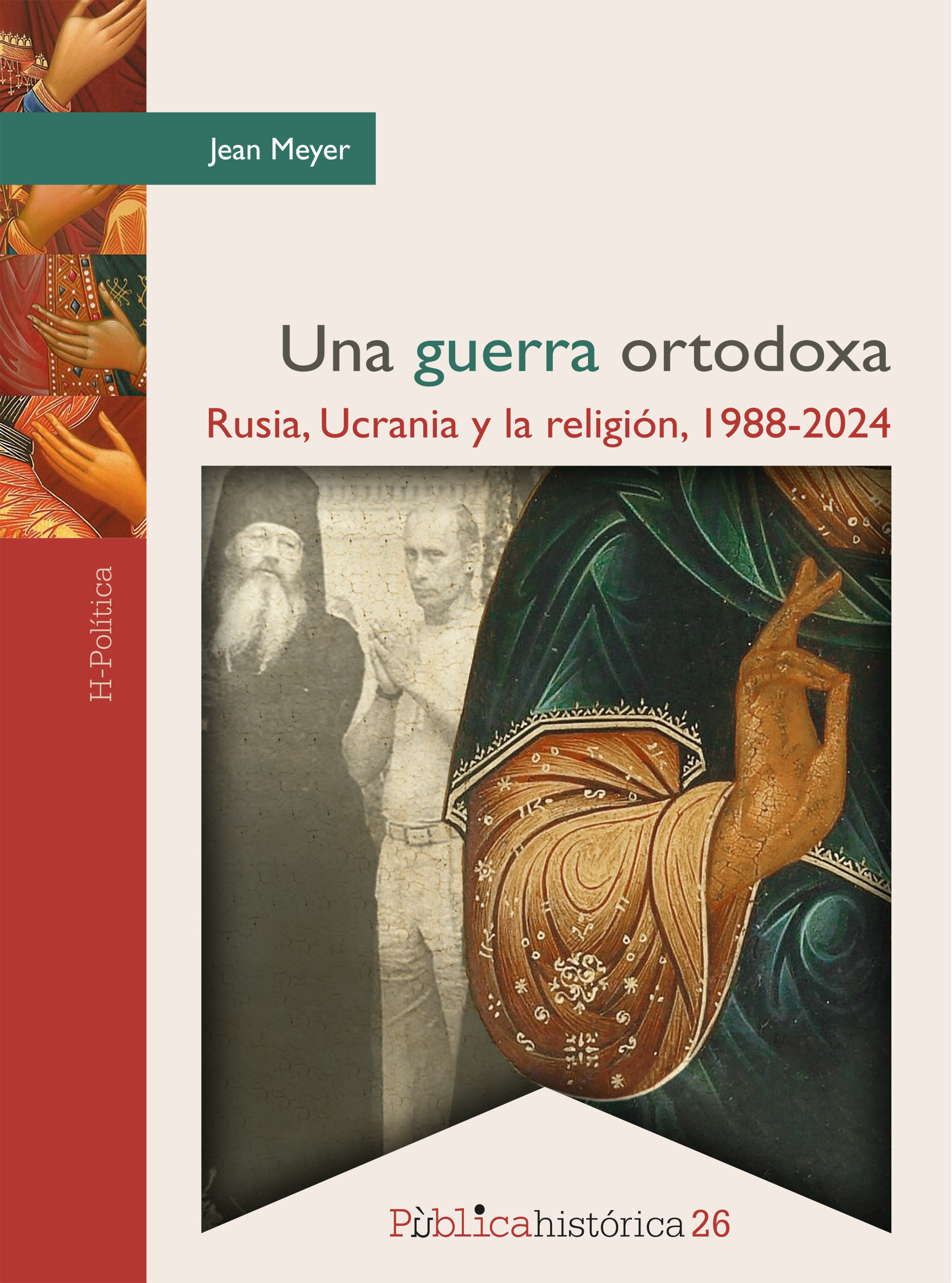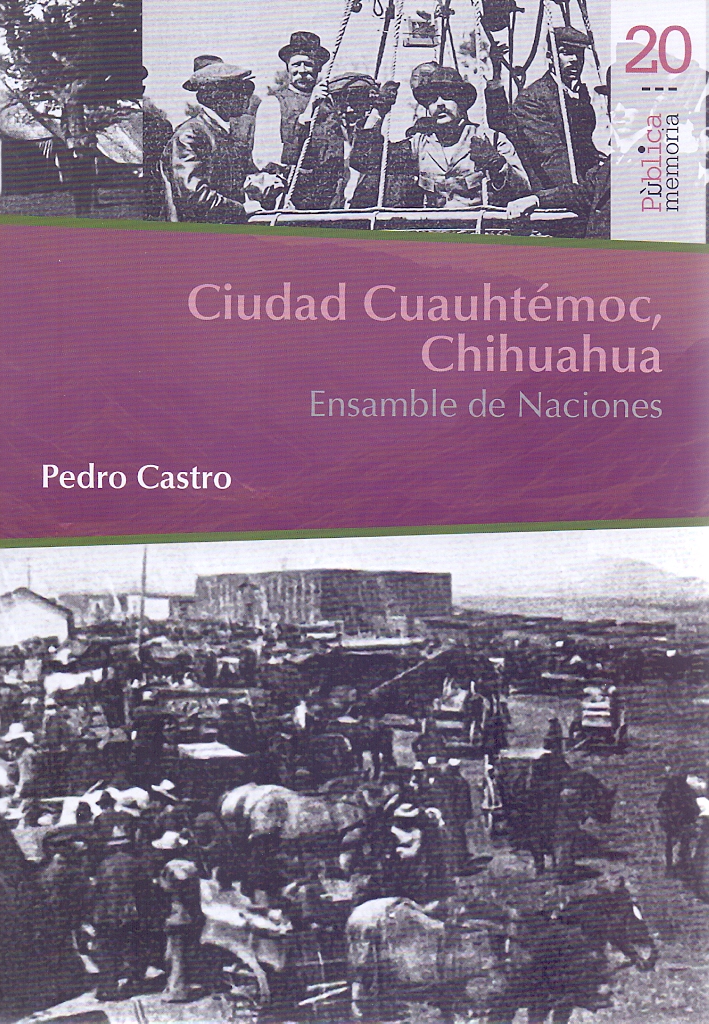Libros relacionados
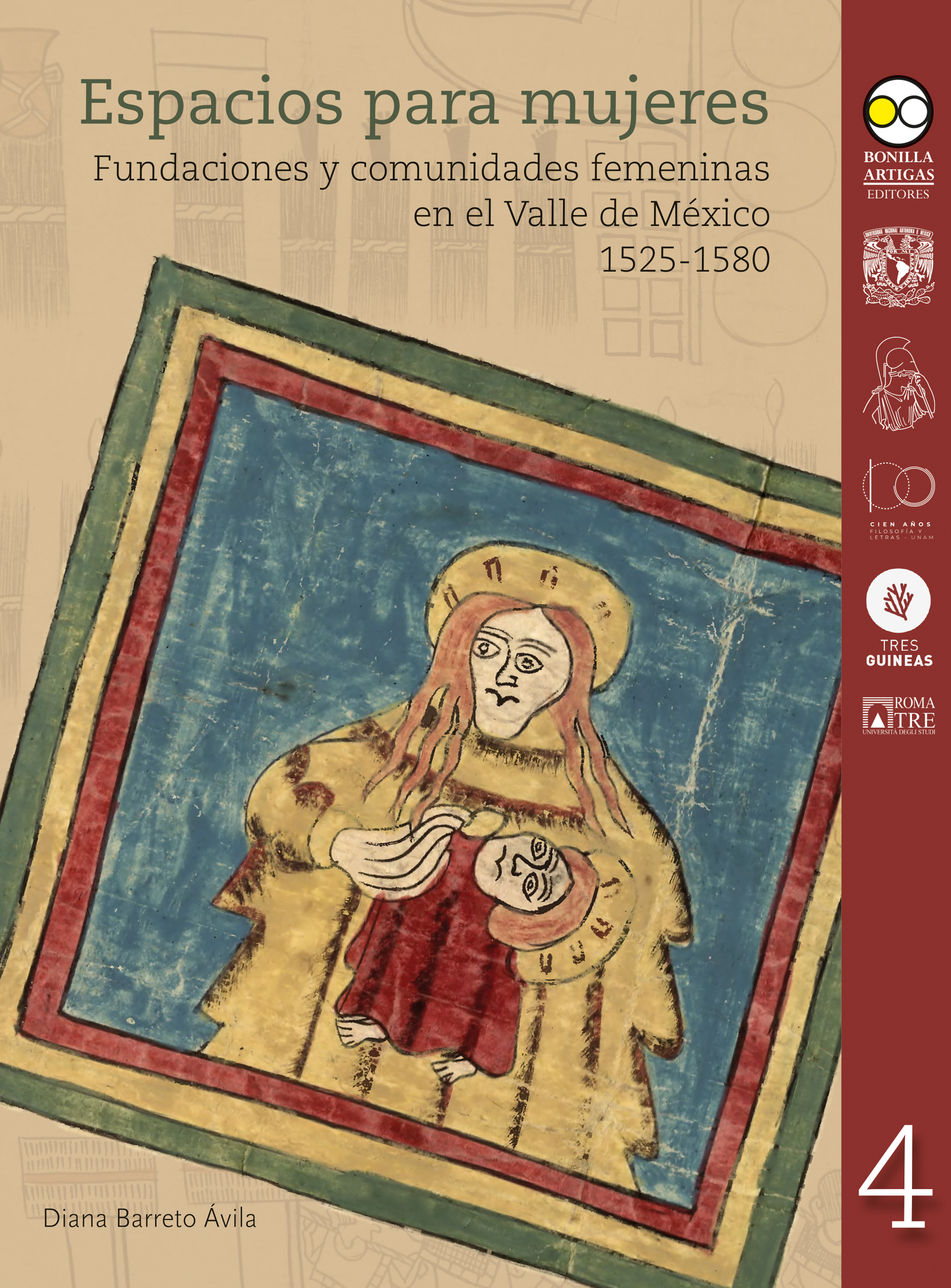 |
Espacios Para Mujeres: Fundaciones y Comunidades Femeninas en el Valle de Méxic Barreto Ávila, Diana Bonilla Artigas Editores |
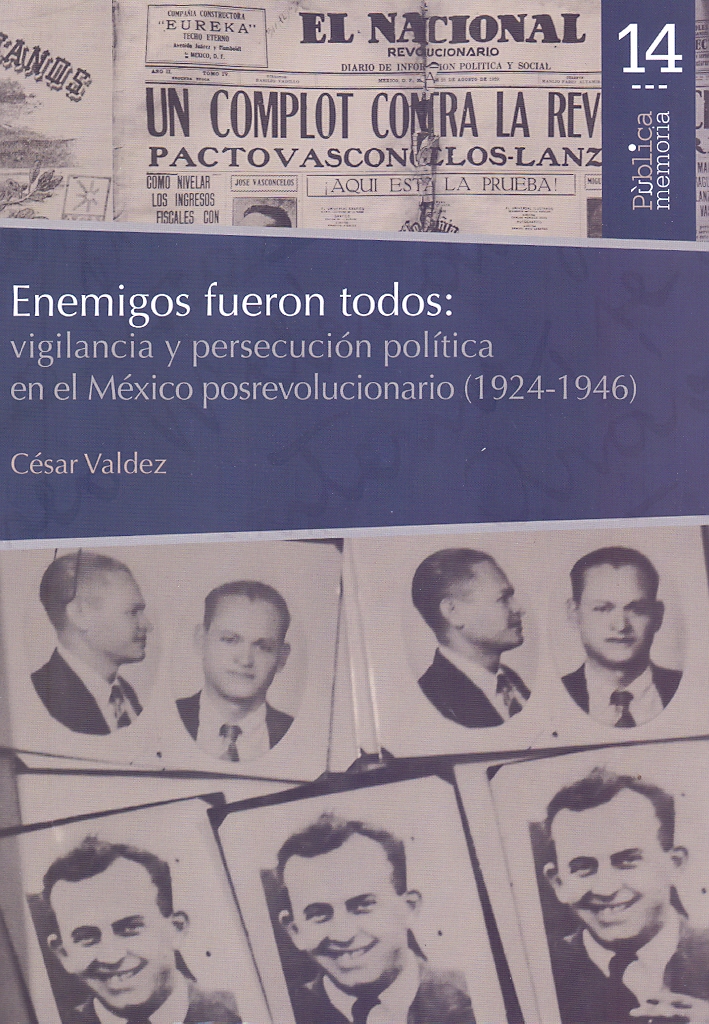 |
Enemigos Fueron Todos: Vigilancia y Persecución Política en el México Posrevoluc Valdez César Bonilla Artigas Editores |
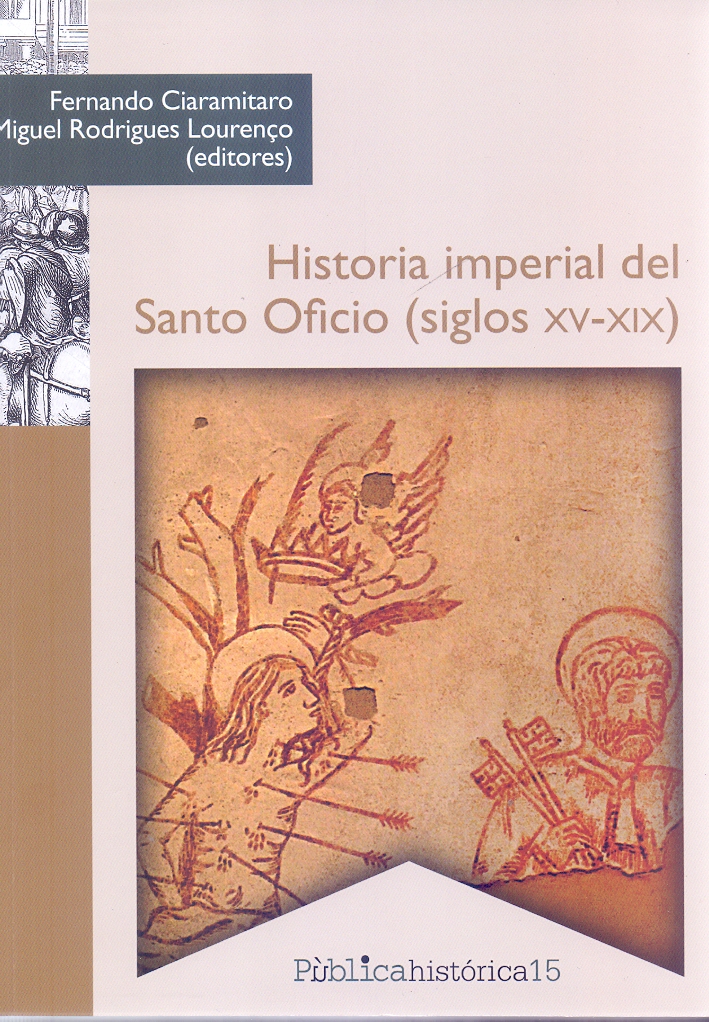 |
Historia Imperial del Santo Oficio (Siglos XV-Xix) Fernando Ciaramitaro, Miguel Rodrigues Lourenço Bonilla Artigas Editores |
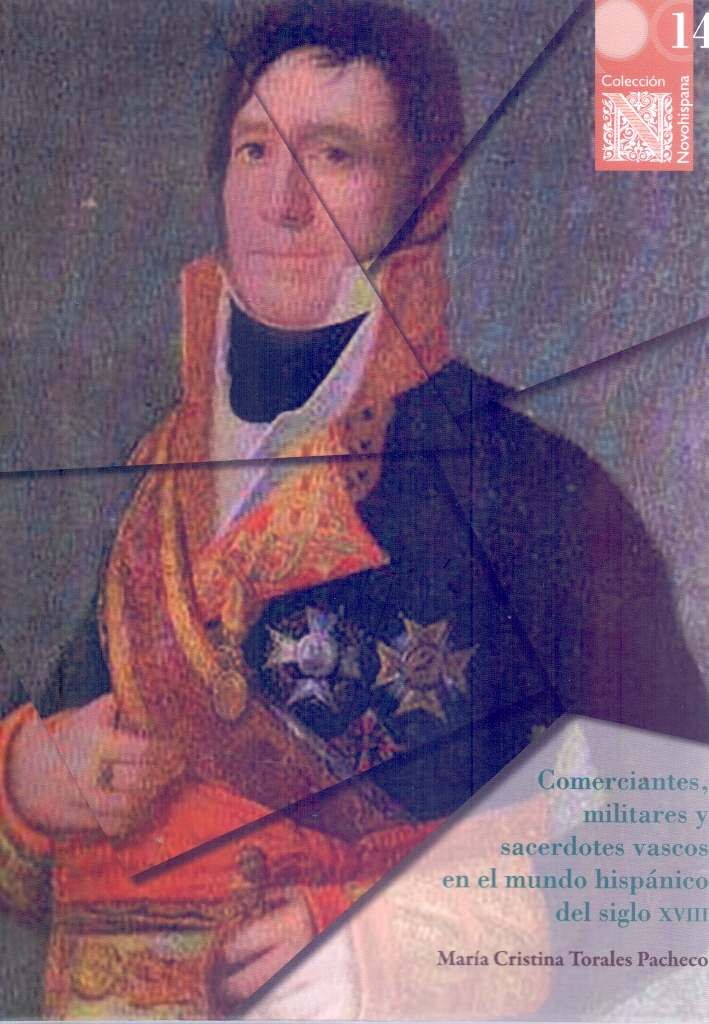 |
Comerciantes, Militares y Sacerdotes Vascos en el Mundo Hispánico del Siglo XVII Torales Pacheco, María Cristina Bonilla Artigas Editores |
 |
El Crisol y la Flama: Grupos Sociales y Cofradías en Pátzcuaro (Siglos XVI y XVI Flores García, Laura Gemma Bonilla Artigas Editores |
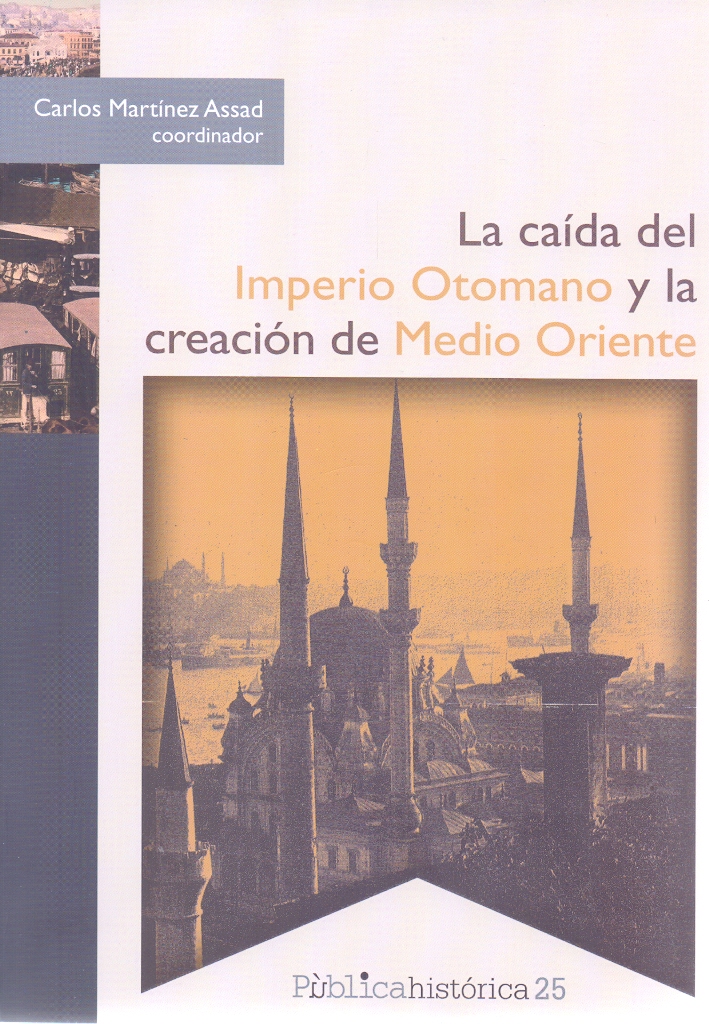 |
La Caída del Imperio Otomano y la Creación de Medio Oriente Carlos Martínez Assad Bonilla Artigas Editores |
 |
Exilio Español y Su Vida Cotidiana en México, El. Serrano Migallón, Fernando; Woldenberg José Bonilla Artigas Editores |


|
Título: Barbarians To Angels. The Dark Ages Reconsidered | |
| Autor: Wells Peter | Precio: $375.00 | |
| Editorial: W. W. Norton | Año: 2008 | |
| Tema: Historia, Analisis, Estudio | Edición: 1ª | |
| Sinopsis | ISBN: 9780393060751 | |
| The barbarians who destroyed the glory that was Rome demolished civilization along with it, and for the next four centuries the peasants and artisans of Europe barely held on. Random violence, mass migration, disease, and starvation were the only way of life. This is the picture of the Dark Ages that most historians promote. But archaeology tells a different story. Peter S. Wells, one of the world's leading archaeologists, surveys the archaeological record to demonstrate that the Dark Ages were not dark at all. The kingdoms of Christendom that emerged starting in the ninth century sprang from a robust, previously little-known, European culture, albeit one that left behind few written texts. This recently recognized culture achieved heights in artistry, technology, craft production, commerce, and learning. Future assessments of the period between Rome and Charlemagne will need to incorporate this fresh new picture. 24 illustrations. | ||
Librería Bonilla SA de CV © Todos los derechos reservados. 2019
Última actualización: Jul 2019



